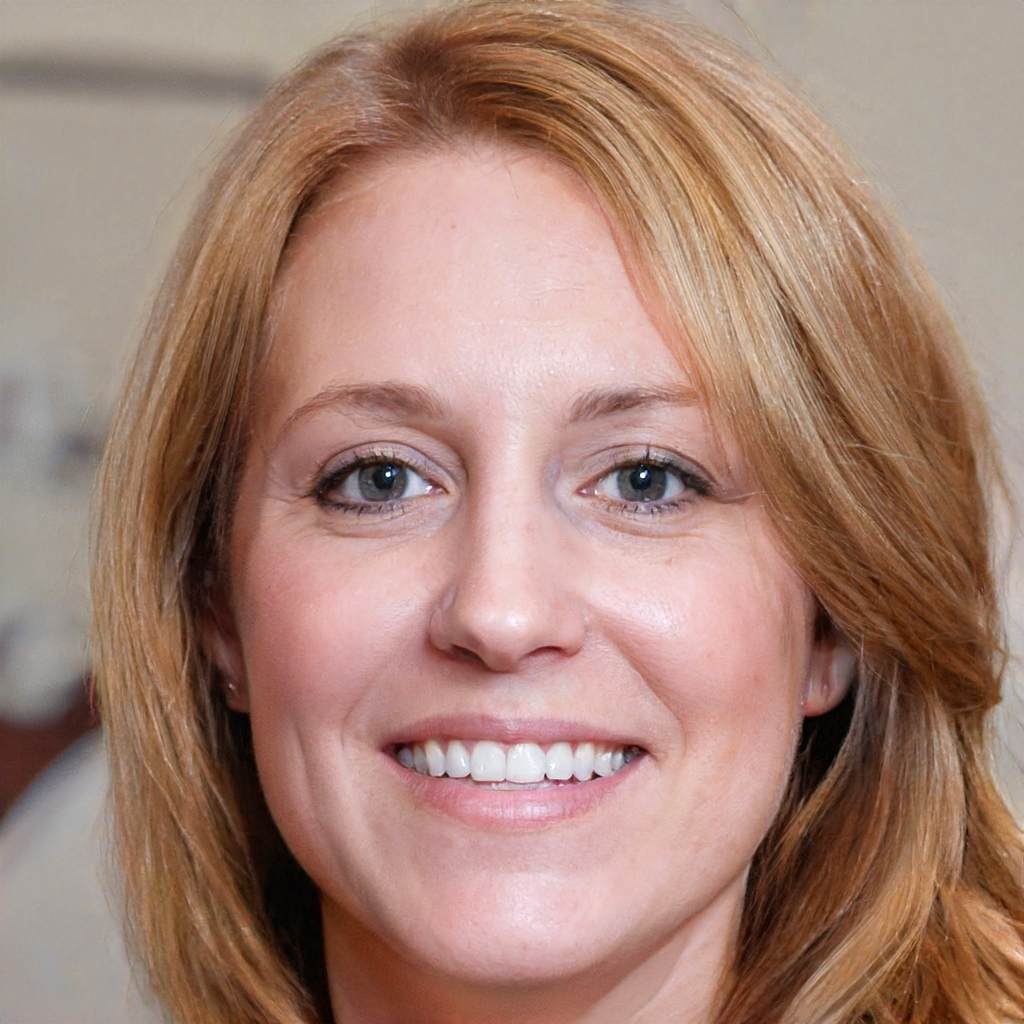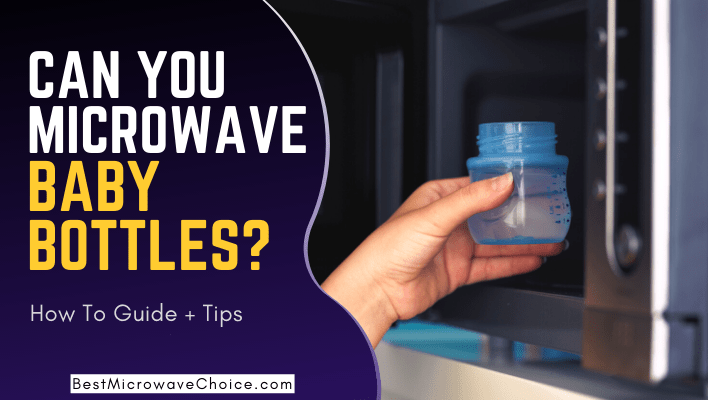We get a lot of queries regarding keeping baby bottles in the microwave and other items in a plastic bottle, and we also see a lot of professionals providing a lot of answers to similar questions. Unfortunately, the various solutions from various sources confuse most people, and it leaves you unsure which information is correct and which is incorrect.
Can you microwave baby bottles? Is it safe to microwave baby bottles? We’ve created this guide to provide you with more information and answers to all of your questions based on our thorough research. So, let’s get started.
Microwave ovens have grown in popularity as a quick and easy way to warm, reheat, and cook meals. Reheating liquids to fill a baby bottle in the microwave makes all tasks easier.
What’s the best way to microwave baby bottles safely? Let’s look at the concerns and safely microwave a baby bottle to avoid risks.
Is it Safe to Microwave Baby Bottles?
Microwaving baby bottles has both minor and major drawbacks. Before you start microwaving a baby bottle, keep these points in mind.
First and foremost, there is the matter of plastic. Microwaving plastic is handy, but there are some drawbacks.
Microwave-safe plastic is recommended, although it should only be nuked for less than 2 minutes on medium heat. Furthermore, BPA-free plastic reduces the danger of exposure to toxic chemical compounds.
The plastic baby bottle is not damaged by microwaving it, and however, it does change the way the meal is prepared:
The inherent immunity-boosting characteristics of breast milk can be harmed by heating it. There’s a chance you’ll lose vitamins and minerals if you microwave infant milk formula.
Keep reading to know further safety precautions.
Related: Can You Microwave Glass Jars?
How Can You Microwave Baby Bottles?
The following steps will show you how to microwave baby bottles safely.
- In a microwave-safe cup, heat a couple of ounces of water. Only half-fill the cup; it should be about a quarter of the way full. Since when the baby bottle is placed inside the cup, the water is displaced.
- Boil this cup of water for one minute or until it reaches a scalding temperature.
- In the cup, spin the plastic baby bottle around in hot water.
- Check if the beverage bottle has achieved the desired temperature after a few minutes. Put a small amount of the liquid on your wrist to make sure it’s warm, not hot.
- When the liquid in the bottle is warm enough for your baby to consume, go ahead, and the bottle feeds him.
Tips for Microwaving Baby Bottles
Microwaving plastic infant bottles isn’t ideal, but it’s sometimes the only option. Microwaving a plastic baby bottle is best handled with the following precautions:
- Use only microwave-safe plastic bottles. Breastmilk or infant formula heated in disposable liners or baby bottles that have been sealed can rupture.
- Microwave the bottle with the lid open. Nipples and lids trap the steam, causing heat to build up inside, potentially resulting in an explosion.
- Before adjusting the chilled formula and breastmilk temperature, please bring them to room temperature. Cold plastic can crack or break if the thermodynamic shift between cold and hot temperatures is rapid.
- While cooking, keep the baby bottles upright.
- Warm-up at least 4 ounces of breastmilk or infant formula, but not less. This is done to prevent the baby’s mouth from being burned.
- Before serving, fasten the bottle nipple and swirl-invert it at least ten times to blend the uneven temperatures within the bottle completely. Due to this, all of the hot regions in the liquid will come to a halt.
- Check the safety of the liquid before feeding it to your baby. To see the temperature, pour a few drops of milk from a microwaved baby bottle over the top portion of your hand. It should be chilly while touching the liquid because it is even more sensitive than the wrist.
- Do not feed the heated formula right away. To avoid any bad effects for the baby, the caretakers should be taught the same procedure.
Related: Can You Microwave Milk?
The Dangers of Microwaving:
Even though the bottle itself does not seem to be heated, the liquid within the bottle can become rather hot in a couple of moments. Sucking a boiling hot beverage from the bottle could burn the baby’s esophagus, mouth, and throat.
When the liquid heats up, steam builds up inside the closed container, which could cause the bottle to explode.
If an infant formula is heated unevenly, hot areas might burn the baby’s throat and mouth.
Because of this, it is not recommended to microwave the baby bottle. However, It can be done safely and expertly.
Can You Put Baby Bottles in the Microwave?
Yes, you can put a baby bottle in the microwave. However, due to a few potential hazards, it must be done with caution.
According to the study, heating a baby bottle poses no risk to the infant. Parents are hesitant to microwave baby bottles because of the risk of overheating or a general lack of knowledge about microwaving plastic.
Microwaving baby bottles has raised worries about the possibility of burning a baby’s esophagus, mouth, and throat. The bottles look good to the touch, but the liquid inside has hot spots due to overheating.
It’s essential to remember that heating breastmilk or formula for infants in a nursing bottle in the microwave for around 30 seconds is generally safe. Before serving, shake the bottle and test the temperature on your wrist for safety.
Related: Can You Microwave Tervis?
How Long Can You Put Baby Bottles in the Microwave?
Keep a baby bottle upright while heating it in the microwave. Microwaving breastmilk or infant formula less than 4 oz can cause the baby’s tongue to burn.
When using plastic baby bottles, formula, or breastfeeding bottles, do not use maximum speed for more than 30 seconds. It should take no more than 45 seconds to heat eight-ounce bottles at full power.
Conclusion
So, can you microwave baby bottles? Yes, you can microwave a baby bottle. However, it is vital to take the necessary precautions and care.
Plastic baby bottles that are microwave-safe should remove any concerns about using plastic bottles in the microwave.
A baby bottle that has been heated too long or incorrectly is associated with the dangers of burning a baby’s lips, throat, and esophagus. Shake the bottle to equalize the temperature inside and test it before giving it to your baby.
Warm the drink on the stovetop or in a microwave-safe ceramic or glass container if you have any food sensitivities. Then, put the warm liquid into a baby bottle and go back to your regular feeding schedule.
If all of the procedures described above are followed, you can microwave a plastic baby bottle without fear. This allows focusing on your work while your baby is fed safely through a bottle.
Recommended Posts:
Top Microwaves For Elderly Persons – Reviews & Buyer’s Guide
12 Best Microwaves in the Market – Reviews & Buyer’s Guide
Best Convection Microwave Ovens – Reviews and Buying Guide

Hey! I’m Camila Carter, a dedicated writer of this beautiful blog. Here, I write to provide you the unbiased reviews and buying guides for the very best of microwaves found in the market. I hope you love to read my articles as much as I love to write them for you.




